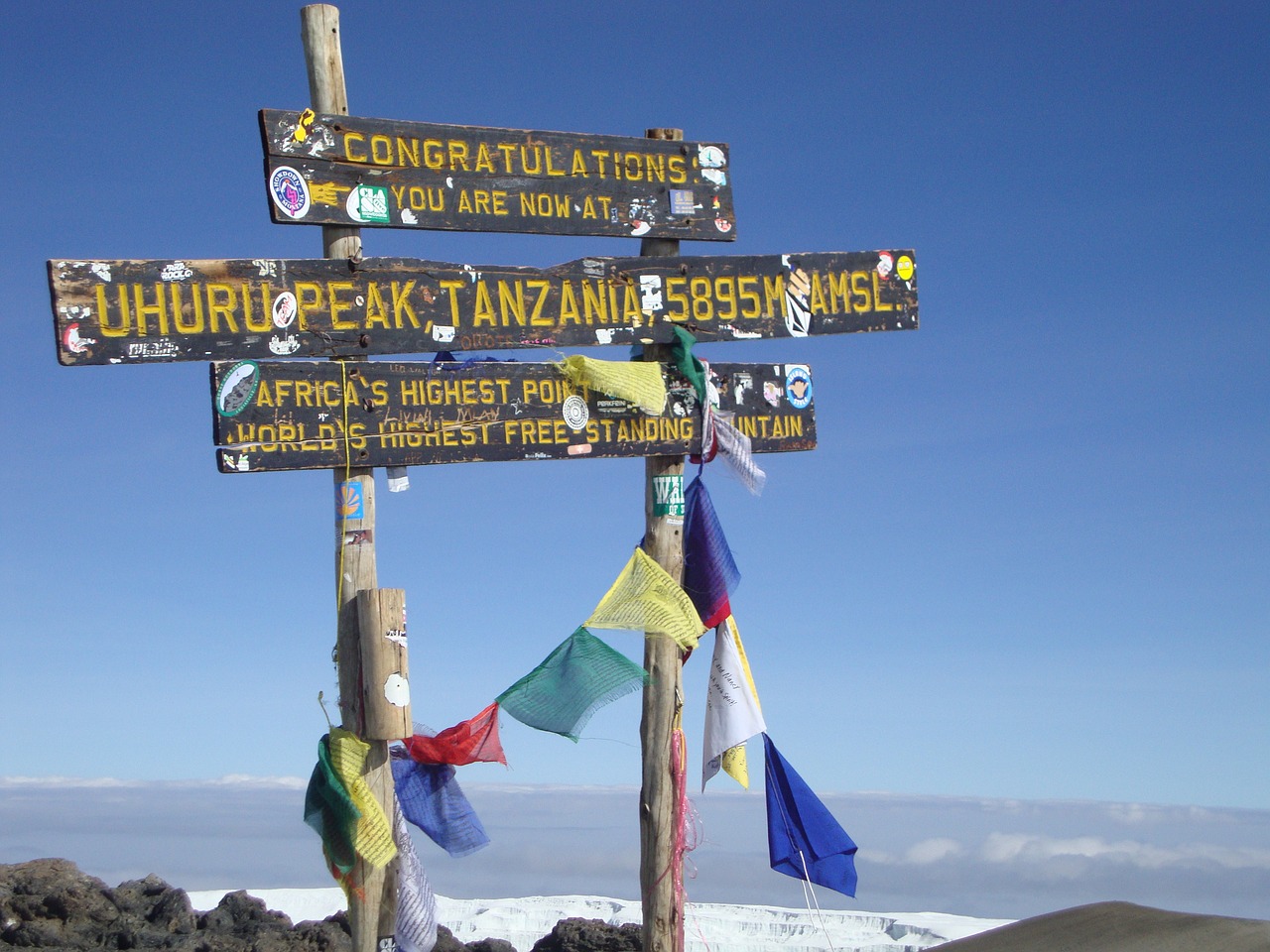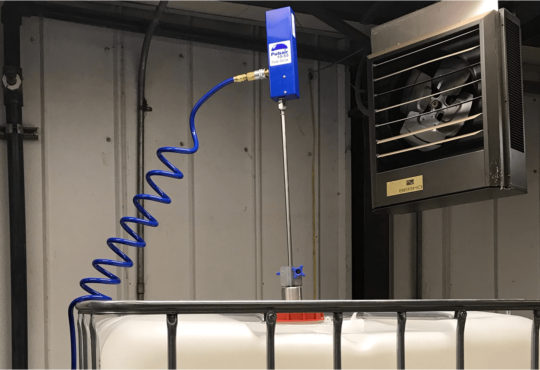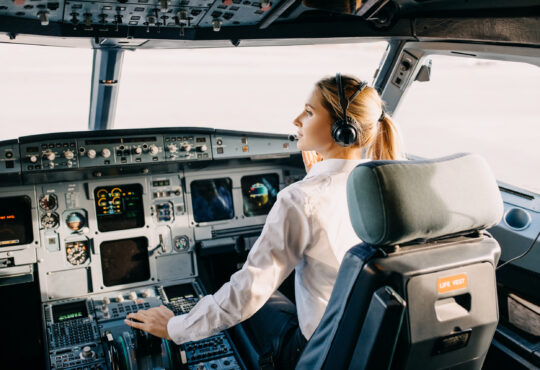
How to Climb Mount Kilimanjaro in 2025 – Routes, Packing List, Training Tips & Best Time to Go
Table of Contents
Embarking on the journey to the summit of Mount Kilimanjaro, the roof of Africa, is an unforgettable adventure. This guide provides the essential information you need to prepare for and successfully climb this iconic mountain. Whether you’re an experienced trekker or a first-time adventurer, Kilimanjaro offers a challenge that will reward you with memories for a lifetime.
Why Climb Kilimanjaro?
Kilimanjaro is not just the tallest mountain in Africa; it is the highest free-standing mountain in the world. Its unique ecosystems and stunning vistas make it a premier bucket-list destination.
- An Achievable Summit: Unlike many of the world’s highest peaks, Kilimanjaro is a non-technical trek. It requires no ropes, harnesses, or mountaineering experience, making the summit accessible to anyone with a high level of physical fitness and determination.
- Incredible Ecological Diversity: The climb will take you through five distinct climate zones. You’ll journey from lush rainforests at the base, through heath and moorland, into an eerie alpine desert, and finally to the arctic conditions of the summit’s glaciers.
- A Profound Personal Challenge: Reaching the summit at 5,895 meters (19,341 feet) is an intense physical and mental test. Overcoming the challenges of altitude and endurance fosters a deep sense of accomplishment.
- Breathtaking Scenery: The views are simply unparalleled. From watching the sunrise above the clouds to the panoramic vistas of the Tanzanian plains below, the scenery is a constant reward for your efforts.
The Best Time to Climb
The ideal time to climb Kilimanjaro is during the dry seasons, which offer the most favorable weather conditions with clearer skies and less rain.
- January to March: This season is generally colder than the other, but the skies are often beautifully clear.
- June to October: This is the most popular climbing season, with warmer temperatures and minimal rainfall.
Popular Climbing Routes
There are several routes to the summit, each offering a different experience in terms of scenery, difficulty, duration, and acclimatization profile.
- The Marangu Route (“Coca-Cola” Route): The oldest and most established route. It is the only route that offers sleeping huts in dormitory-style accommodations for the entire trek. It is typically completed in 5 or 6 days.
- The Machame Route (“Whiskey” Route): This is the most popular route, known for its spectacular scenery and excellent acclimatization profile (“climb high, sleep low”). It is more challenging than Marangu and takes 6 or 7 days.
- The Lemosho Route: A beautiful route that offers a remote start and stunning panoramic views. It has one of the highest success rates due to its longer itinerary (typically 7 or 8 days), which allows for excellent acclimatization.
- The Rongai Route: This is the only route that approaches Kilimanjaro from the north, close to the Kenyan border. It tends to be drier than the southern routes and is a great option during the rainy season.
Preparing for Your Ascent
Proper preparation is the key to a safe and successful climb.
- Physical Conditioning: Focus on building cardiovascular endurance. Regular hiking, running, cycling, and swimming are excellent training activities. Incorporate strength training, especially for your legs and core.
- Mental Readiness: Understand the challenges, especially the effects of altitude. Cultivate a positive and resilient mindset. The local guides’ motto, “pole pole” (slowly, slowly), is the most important rule on the mountain.
- Essential Gear: Invest in quality, layered clothing, a well-broken-in pair of waterproof hiking boots, a comfortable daypack, and a reliable headlamp. Your tour operator will provide a detailed packing list.
- Choose a Reputable Guide: It is mandatory to climb Kilimanjaro with a licensed guide. A professional and experienced guiding company is your most important asset for safety, encouragement, and a successful summit.
- Acclimatize Properly: Altitude sickness is the biggest obstacle. Choose a route that allows for gradual acclimatization. Stay hydrated, walk slowly, and communicate any symptoms to your guide immediately.
Getting to Kilimanjaro
The journey to the mountain is straightforward.
- Fly: The main gateway is Kilimanjaro International Airport (JRO).
- Base Towns: Most climbs start from the towns of Moshi or Arusha, which are a short drive from the airport.
- Logistics: Your chosen tour operator will typically arrange for airport transfers and hotel accommodations before and after your climb.
A Journey of a Lifetime
Climbing Kilimanjaro is more than a physical feat; it’s a transformative experience that challenges your limits and rewards you with unparalleled views and a profound sense of achievement. With the right preparation, you can safely conquer Africa’s highest peak.
Your adventure to the roof of Africa awaits!









